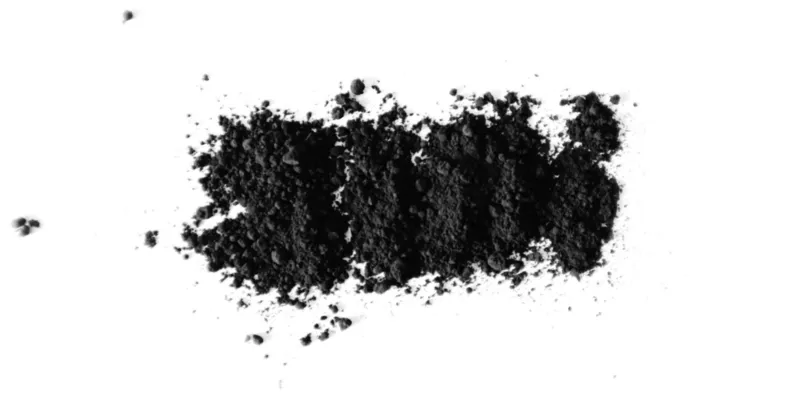There is no recorded history of candle making, so the exact origin of candles is not known. It is believed that the first candle may have consisted of dried branches being dipped in animal fat. When lighted, it produced a slow-burn and reliable source of light. References to the use of candles in the Bible and depictions of the use of candles in ancient Egyptian reliefs reveal that candles have been around for thousands of years, and have served many purposes, from lighting homes, aiding travellers or providing a source of light during the night, to measuring time and playing a role in religious ceremonies.
Candles have been used in many cultures and have been created with a variety of material over the years.
Roman candles were made by dipping rolled papyrus repeatedly in melted tallow (animal fat) or beeswax; early Chinese candles were moulded in paper tubes, using rolled rice paper for a wick, and wax from certain insects combined with seeds from various trees; early Japanese candles were made of wax extracted from tree nuts; in India, where the use of animal fat in candles was prohibited by religious decree, candles were made from the wax skimmed by boiling the fruit of the cinnamon tree; and in Colonial America, women produced a sweet-smelling wax by boiling the greyish green berries of bayberry bushes.
Beeswax was introduced in the Middle Ages as a form of candle wax. It burned clean and pure and emitted a pleasant odour, unlike the foul, acrid odour of tallow or other animal matter. However, it was expensive, so its use at the time was limited to the wealthy and the church.
In the 18th century, spermaceti became available in quantity due the growth of the whaling industry, and became another popular source of wax for candles. Spermaceti is a white, waxy substance obtained by crystallizing sperm whale oil. It is used for making candles, ointments, and cosmetics. This wax was found to produce no repugnant odour when burned and was harder than both tallow and beeswax.
Major developments in candle making occurred during the 19th century. During this time, French chemist Michel Eugene Chevreul discovered how to extract stearic acid from animal fatty acids, leading to the development of stearin wax. Inventor Joseph Morgan developed the first mass-production candle making machine; and chemists learned how to separate the thick, dark waxy substance from petroleum and refine it to create what is known as paraffin wax. This paraffin wax was found to be relatively hard and lacking in odour and colour. It remains one of the most commonly used candle waxes in the world.
Paraffin was eventually blended with other substances to create a more durable wax. These substances included spermaceti and ceresin, a type of mineral wax. Paraffin and microcrystalline wax (a type of wax that has a darker colour, finer crystals, and generally higher melting point than paraffin) are derived from petroleum, while ceresin, ozokerite, and montan wax are mineral waxes derived from coal and shale. Paraffin wax is sometimes used as an umbrella term for a variety of formulas involving paraffin or similar types of chemicals and waxes.
Candles were no longer needed as a light source after the introduction of the incandescent light bulb in 1879, and their popularity began to decline. They experienced a surge of popularity again in the 20th century when the availability of petroleum byproducts such as paraffin increased due to the growth of U.S. oil and meatpacking industries, and consumers had an increased interest in candles as a decorative item. To meet growing demands and to improve performance and cost, candle makers experimented with new wax blends.
Soy wax candles in particular are a rather recent invention. Michael Richards is widely credited for bringing the first soy wax candles to the market when, in 1991, he noticed a growing demand for natural wax candles and began experimenting with a range of plant waxes and vegetable oils, including beeswax, partially hydrogenated soy oil, coconut oil, palm oil, and almond oil. Natural waxes such as pure beeswax was (and still is) expensive, and he wanted to find a wax that could be cost-competitive with paraffin wax. In 1996, the soy wax candle became available to the general public.
The innovation with candle making still continues. The flicker of a candle flame elicits endless fascination, and scientists around the world have studied and conducted experiments on candles to learn about how they burn – their flames, emissions, and combustion – including how a candle flame behaves in microgravity.
Chemists still experiment with new types of waxes, wax blends, and fragrances to create candles that match different performance needs and are sustainable and low cost to manufacture. They aim to find a candle that burns cleaner, longer, and with a pleasant aesthetic and aroma. This experimentation has resulted in candles that come in a variety of materials, sizes, shapes, colours and scents.
Candles are seen as appropriate gifts for holidays, house-warming gifts, thank you gifts, adult birthday gifts, and more and are currently used for celebrations, such as birthdays; religious ceremonies, rituals, or occasions such as praying, grieving, celebrating, or meditating; and creating atmosphere or mood during dinners and other occasions. A candle can be symbolic for life and hope.
Candles can help relieve stress, create a warm, comfortable feeling, and disguise other scents or odours. Some individuals use candles as a light source in emergency situations, though that is generally not recommended due to the risk of fire. Others may simply use a candle as a piece of decor, to add beauty to a room.
A candle may seem simple, and yet it is deeply involved in culture, has served many vital functions throughout the years, and can touch our soul. The creation of the candle also seems simple, but it is an intricate science.
In the next blog, we will look into what a candle is and how it burns, and then in following blogs we will go into the different types of wicks, waxes, fragrances and colourants to help us choose a candle that is better for needs and our health.







